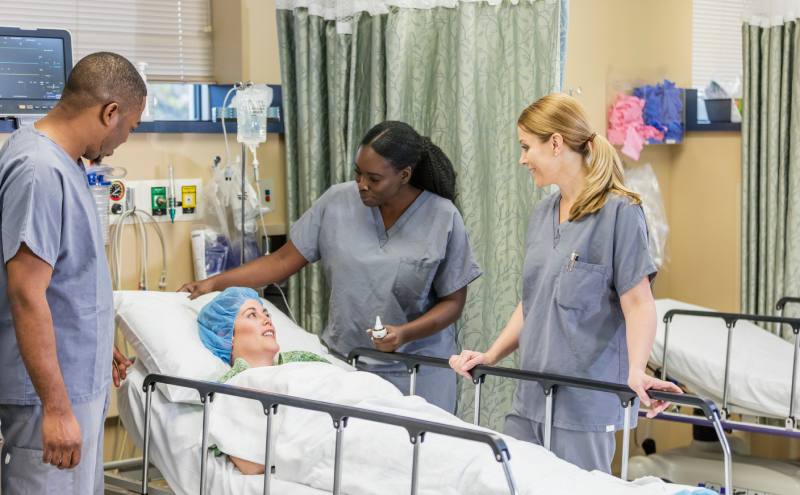
Social Observation – A Case of Value
Anthony Rosania, MD
Department of Emergency Medicine
Rutgers New Jersey Medical School
When discussing observation medicine, one generally thinks of the patients with chest pain, abdominal pain, musculoskeletal pain, and other such clinical presentations as the “standard” observation patient. It is less common that one would consider patients with opiate and alcohol withdrawal, homelessness, and victims of interpersonal violence as the ideal patient suitable for emergency department observation units (EDOU). Recently however, there has been increasing attention and interest focused on social determinants of health (SDOH), health equity, and social justice within the emergency department (ED) and how they can relate to patient health and clinical outcomes. In addition, there has been an increase in value-based programs focused on SDOH screening and substance-abuse screening and treatment. More importantly, it is often those of us in the ED who face the brunt of the “social medicine” issues, as patients who struggle with problems such as homelessness, food insecurity, personal safety, and addiction often present to the ED, sometimes repeatedly, for further care and assistance. Observation units offer a unique opportunity to engage these patients in a slightly less time pressured setting.
Across the broad spectrum of social medicine issues (such as addiction, homelessness, and interpersonal violence), a common theme is the lack of adequate resources which can be quickly and efficiently mobilized within the hectic and busy setting of the ED. All too often, these patients will remain in the ED for long periods of time pending social work or care navigators to engage with the patient to help arrange for appropriate disposition and out-patient care. This can tie up critical acute care resources, such as an ED bed and nursing resources. Furthermore, the ED can often be a noisy and chaotic environment and can thus be a wholly anti-therapeutic environment to manage a patient with complex social issues and needs. By placing such patients in an EDOU, one can “slow the roll” and benefit from a slower-paced and calmer environment and engage the appropriate resources to best address the patients’ specific social needs.
The primary argument and driver for performing social observation medicine, whether for victims of violence, patients with addictions, or other social issues is a concentration of resources. Many of the interventions are done, or should be done, by dedicated care navigators and social workers involved in programs that focus on some of these specific social needs. At our institution, we are fortunate to have dedicated violence intervention and addiction programs for our patient population, as well as social workers and care coordinators, within our observation unit. However, these resources are limited, and there is little perceived benefit to having them available 24/7. Ironically, however, many of the patients who can benefit most from these programs do not come in during “normal business hours” when the program staff are readily accessible and can engage in a warm hand-off.
Ultimately, social observation medicine protocols are rewarding to implement and allow a quieter, less frenetic environment to manage some of the social issues that our patients struggle with. By utilizing the EDOU and engaging dedicated resources there, this can help result in a shorter ED length of stay and less frequent readmissions. It also allows for the concentration of scarce, but focused, resources aimed at addressing many of these social issues. By developing dedicated protocols and having a clearly defined focus on specific social determinants of health, it can allow observation medical directors to advocate for increased social support, case management, and care navigators for their EDOUs.


